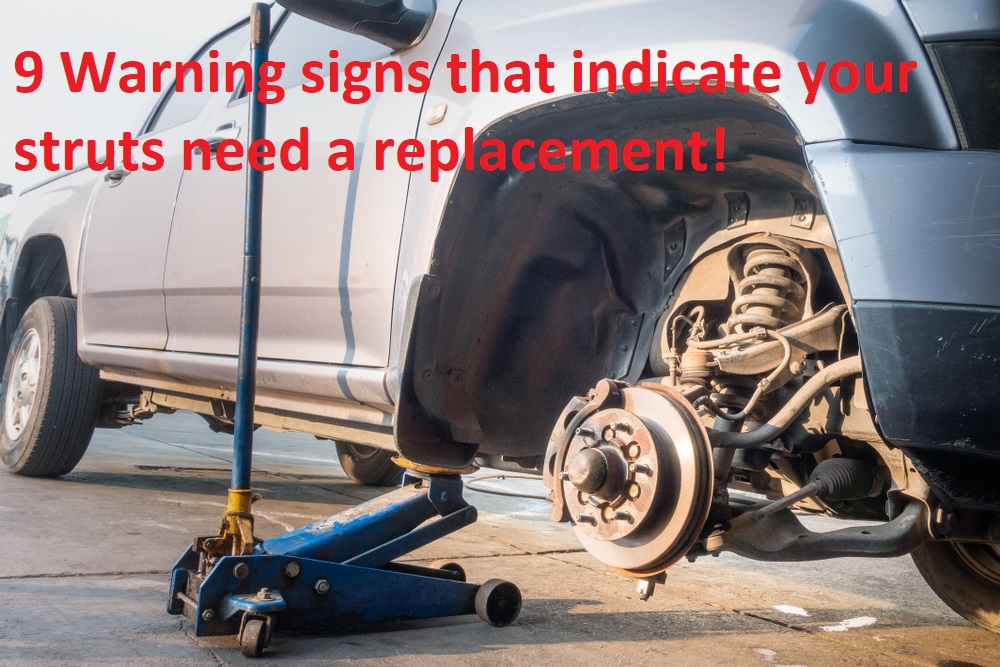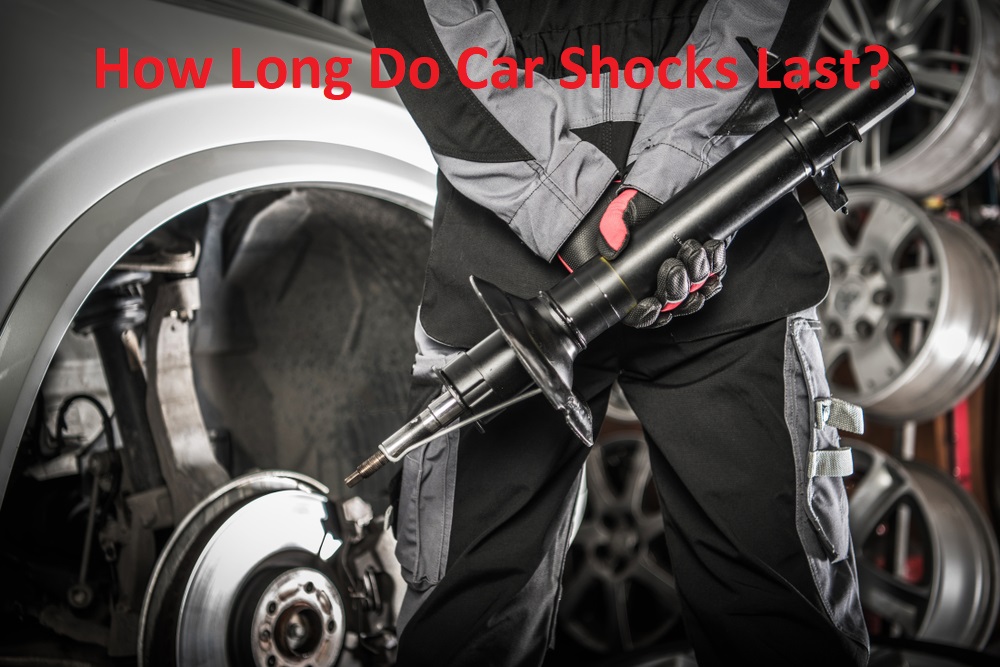In this post, we’ll walk you through the procedures for fixing a backfiring motorcycle. This article will show you how to get rid of a backfiring motorcycle in detail so that you can avoid future problems with your bike.
Understanding how a backfire works and where the problem is are two important parts of fixing a backfiring motorcycle. By doing this, you’ve already gotten halfway to your solution, which comes in many different forms.
What Is a Backfire?
When a process “backfires,” it means it produces the opposite of the desired and expected outcome. There is a blast of fire that happens when you run an internal combustion engine on a bike. A backfire in this case, refers to either the bike’s air intake or exhaust.
This explosion should normally occur inside the motorcycle’s combustion chamber, but when it does not, the engine’s operation is disrupted. When you don’t check and take care of certain parts of your motorcycle by adding or replacing certain fluids, it can backfire.
It can also happen when the exhaust valve opens and some fuel is left unburned. This causes the valve to start the fuel in the exhaust system, which makes a loud bang when the valve is closed again. The exhaust system produces a startling loud boom and flame during this explosion.
Backfire vs. Afterfire on a Motorcycle?
There is no distinction between a backfire and an afterfire. These are only two different ways of expressing the same concept. You should add “backfire” to your vocabulary because it is the most commonly used word.
Is It Bad for Motorcycles to Backfire?
A “backfire” in the context of a motorcycle engine refers to an explosion or combustion that occurs either in the motorcycle’s air intake or exhaust as a result of running an internal combustion engine.
As you know, this explosion should ordinarily take place inside the motorcycle’s combustion chamber. This is why a backfiring motorcycle is not a good thing.
What Are the Most Common Reasons & Fixes for a Motorcycle to Backfire?
Exhaust Upgrade
If you bought a used motorcycle with an aftermarket exhaust, this is the most likely reason for your backfire. Standard jetting is suitable with OEM exhausts. The majority of aftermarket exhausts are made to boost performance. However, they rarely function with normal jetting.
Solution
Your bike must be jetted properly to fit the new aftermarket exhaust. There are many electronic components (such as DynoJet or the JD jetting kit) that may override ECU fuel settings on fuel injected bikes to ensure your bike obtains the appropriate air/fuel ratio.
Your local motorcycle shop will be able to jet your bike the right way for normal carbureted bikes.
Improper Jetting
It’s possible that the bike you bought was never jetted properly, or that it was jetted incorrectly for your riding location. Humidity and elevation have a significant impact on a bike’s performance.
So much so that most motorcycle manufacturers will provide both US and EU models, each with its own set of jets. If you’ve taken a bike that’s been jetted for one level of elevation and humidity and tried to ride it somewhere else, re-jetting it will fix the problem. This is usually the case when you buy an imported bike.
Solution
As previously stated, you’ll either require an ECU override (DynoJet) or have a local motorcycle professional assess whether the bike is running lean or rich and jet it accordingly.
Fuel Grade
Typically, the higher the performance of your motorcycle, the higher the grade of fuel it will use. This is because a higher-performance engine is less reliable, and even little internal changes have a significant impact on output.
A tourer, for example, is likely to be far less responsive to change than a track bike.
Solution
If you’re using regular-grade gasoline from a petrol station, use the higher-octane variety. Even filling up with higher octane fuel every now and again will help clean up the fuel system.
Dirty Carb
It’s time to pull your bike apart if you have a motorcycle backfire and your bike runs on carburetion rather than fuel injection. Even the tiniest bit of dirt might cause problems here.
Solution
Remove the carburettor from the bike and dump the fuel into the float bowl. All of the jets, as well as the carburettor housing, should be removed and cleaned using a carb cleaner. If you detect more than a few specks of dirt in your carb, you’re dealing with a serious problem.
If you ride in dusty or muddy areas like motocross, dirt bikes, enduro, or adventure bikes, you should start doing more maintenance. Make sure your air filter is clean, lubed, and sealed to the airbox housing with a thin layer of grease on a regular basis.
How Can I Prevent My Motorcycle From Backfiring?
Make sure to clean your carburettor on a regular basis, inspect your fuel filter, and clean your jets or fuel nozzles to keep your motorcycle from backfiring. Don’t worry if your motorcycle is backfiring; there is always a solution. You don’t have to wait until there’s a problem to fix it. In the long run, some preventive maintenance can save you a lot of money.
As the old adage goes, “an ounce of prevention is worth a pound of cure,” and that axiom certainly applies to motorcycle backfiring. Regular maintenance on your motorcycle will help you avoid engine issues and backfires.





